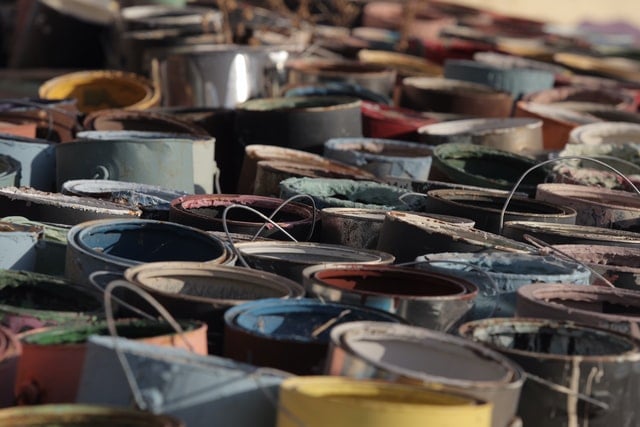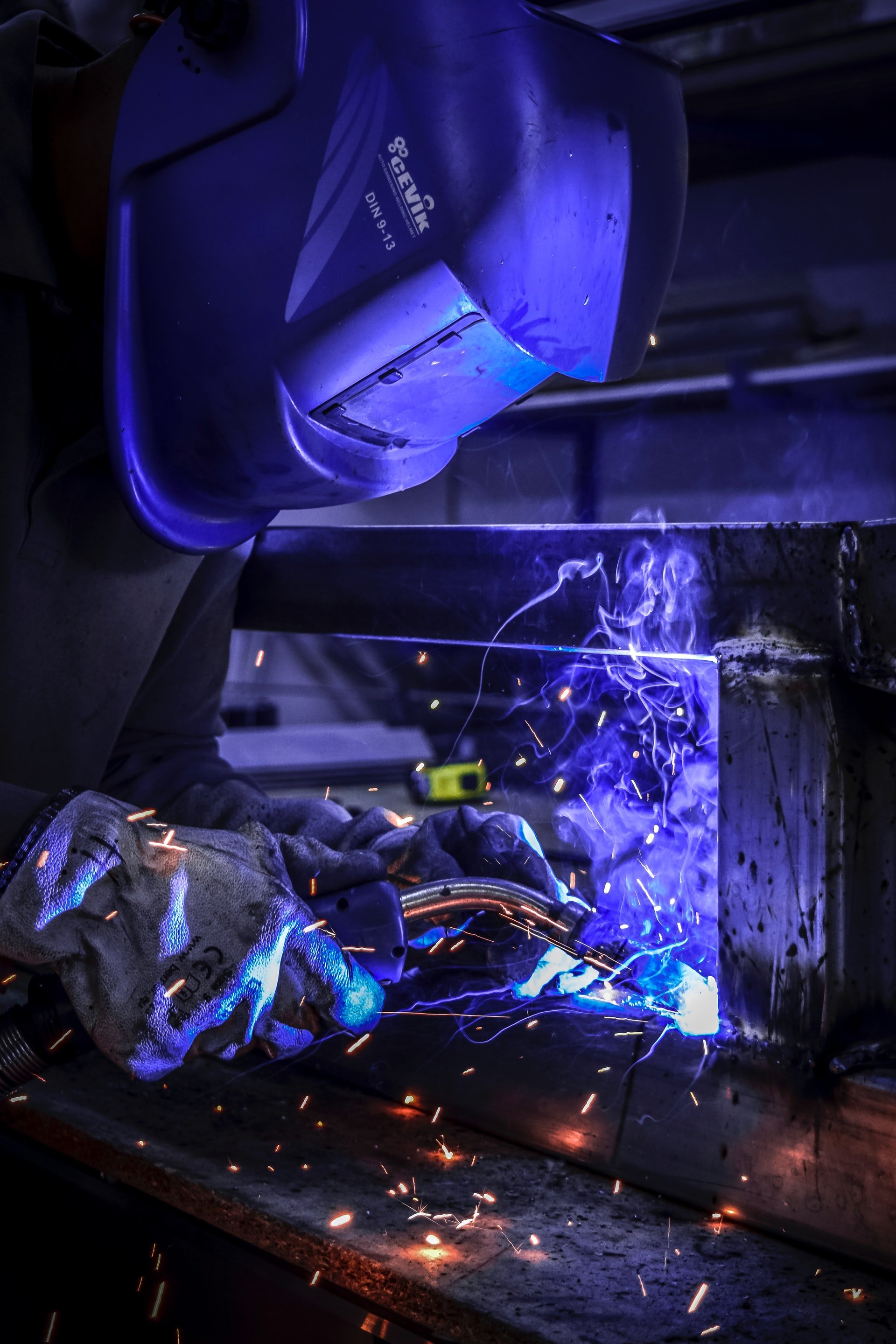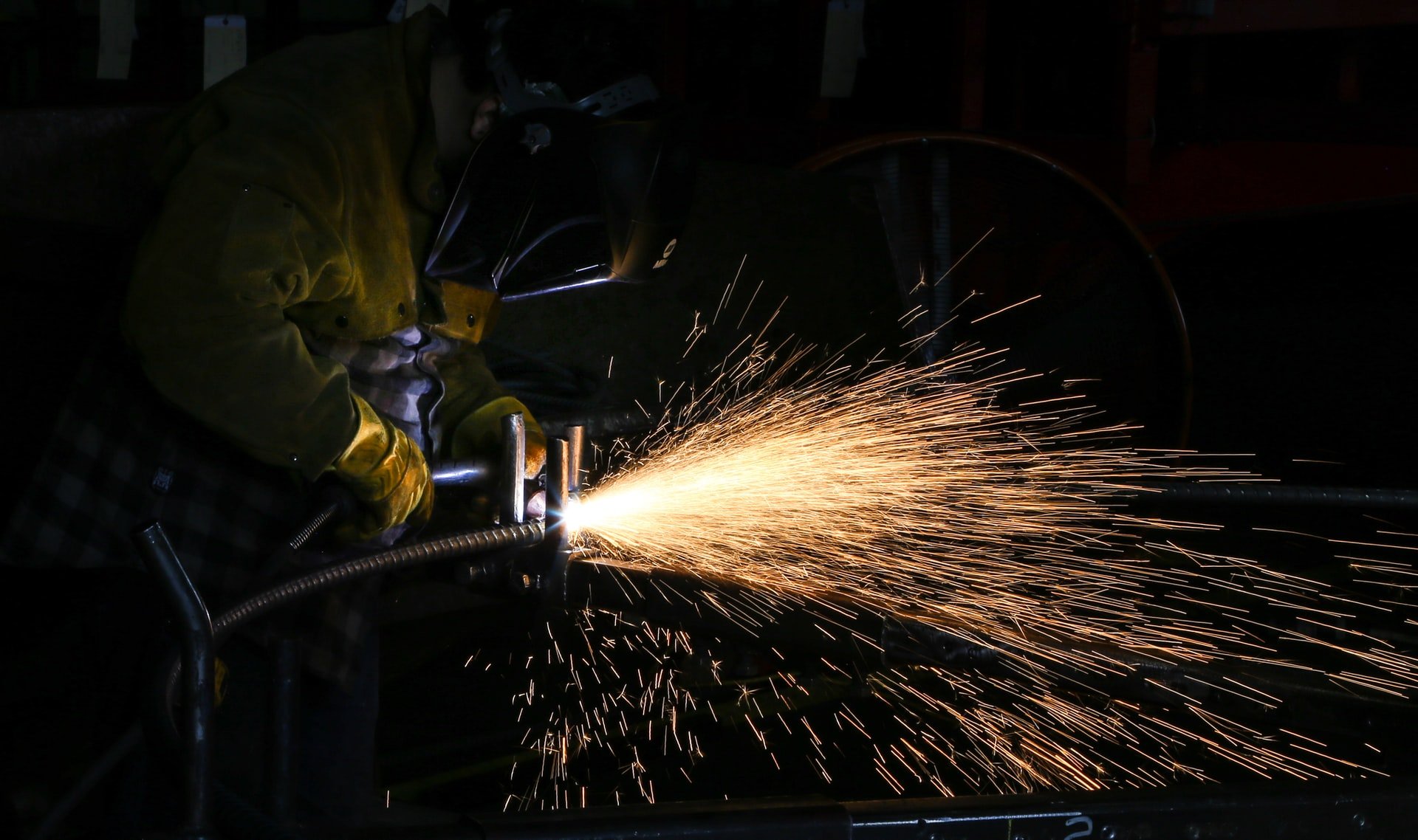
Wheel powder coating is one of the ‘tricks’ that can lift the appearance of an entire car to give it a far more attractive appearance. In the same way that dirty, scuffed or damaged wheels can cause the vehicle to appear unsightly, so the reverse applies. Powder coating is a cost-effective facelift. It also adds a layer of protection from corrosion, is resistant to heat, chemicals and chipping, and is well suited to the hostile conditions of salt and extreme weather. However, it’s not all plain sailing when powder coating wheel rims and these are some potential problems to look out for.

1) Dirt, Grease & Brake Dust
Surface preparation is by far the most critical part of powder coating. Get that right and you avoid issues like spot failure or non-adhesion of the powder. Wheels experience harsher conditions than most other parts of a vehicle. Years of exposure to contaminants can see them embedded into the structure. Heating wheels during the curing process can merely release these substances and cause spot failure, either immediately or subsequently. Therefore, many experts recommend pre-heating them for up to 4 hours to release any contaminants before powder coating.
2) Objects Such As Balancing Weights, Valves, Brand Centre Decals
It may seem obvious, but wheels must be stripped bare of non-structural attachments before being sent for powder coating.
3) Excessive Corrosion
Powder coating is an excellent way of finishing off remedial work for patches of corrosion where metal filler has been used for the repair. However, if you want the powder coating company to carry out the repair then you need to alert them to the damage by sending photos of the wheel that show the extent of the corrosion. Otherwise your order may be delayed while they discuss it with you. Wheels that exhibit excessive corrosion may be rejected, so it’s always advisable to check first.
4) Aluminium Wheels?
Excessive blasting can damage aluminium because it’s a softer metal than steel. Therefore, common sense is required when stripping aluminium wheels and a chemical bath may be a better approach when trying to remove previous powder coating.
It’s worth mentioning a non-problem that sometimes generates speculation. Fears are sometimes expressed in online forums that powder coating damages aluminium wheels. This is simply not true. What is correct is that aluminium softens (anneals) at a much lower temperature than steel, something like half at about 340° C compared with 700°C for steel. As the curing process lasts for 15 to 20 minutes at just 200° C or less, it comes nowhere near the danger zone for aluminium.
Best Wheel Cleaner For Powder Coated Wheels?
It’s important not to use aggressive chemical cleaning substances on powder coated surfaces. Normally a simple soapy solution and a wipe with a soft cloth is adequate for most surfaces. Wheels present different challenges, with brake dust, road chemicals and detritus but a softish brush often does the trick. You may wish to investigate this cleaning product that consistently receives praise in online forums and reviews.
Find Out More
We welcome orders for powder coating wheel rims here at GLW Engineering. Our workshop in March, Cambridgeshire serves customers from Lincolnshire, Suffolk and Norfolk also. Please feel free to contact us to discuss your powder coating requirements for any metal object and not just wheel rims.
Image source: Pixabay













